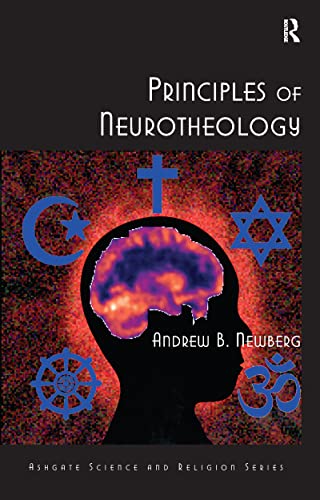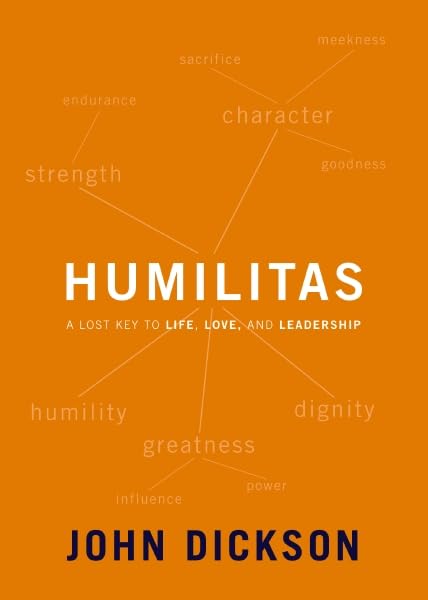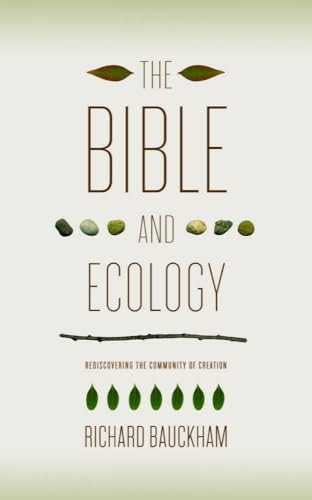Transforming Conversion: Rethinking the Language and Contours of Christian Initiation
Written by Gordon T. Smith Reviewed By Mary Patton BakerIt is refreshing when so much attention of late has been given to the role of justification in saving believers from the divine retribution for sin that a book comes along to address what we are saved to: a life of Christian holiness lived in the life of the Spirit.
Gordon Smith offers a robust vision of the Christian life in Transforming Conversion: “To be a Christian is to be in Christ, and our holiness, or righteousness, is one that we can only speak of or experience by virtue of our identification with the cross of Christ and our participation in the risen life of Christ” (p. 94). The telos of the Christian life is to become fully transformed into the image of Christ. Every dimension of the Christian life, whether it be prayer, service, preaching, worship, or evangelism must be “derivative of this encounter and this union with Christ” (p. 95). Further, our identity in Christ “is not found in isolation but within and through the faith community” (p. 95). To “become saved” then is to be given a new identity and a new family with a new orientation of how to be in this world: a life lived in communion with Christ through the ministry of the Holy Spirit.
But Smith finds that evangelical language about conversion is often out of sync with this vision of what it means to be a Christian. It is his critique of the language of conversion that motivates the trajectory of his work: finding a new way of speaking about conversion that is grounded in “the language and thought forms of the New Testament” (p. 18). He begins with a critique of the older paradigm of speaking of conversion (ch. 1), in contrast to the one he finds in Ephesians and in the book of Acts (chs. 2-3), offers a brief historical survey on the diverse perspectives of conversion throughout church history (chs. 3-4), and constructively proposes a different way of thinking about conversion, especially in regards to how it is to be taught and experienced in the life of the Church (chs. 5-10).
Throughout the text Smith describes the problem and offers alternatives. The problem is simply that evangelicals are still stuck in an old paradigm, what he terms the “revivalist paradigm,” that focuses too much on “going to heaven” and is overly individualistic, which results in underappreciating the mediation of the church in conversion, including “an ambivalence about the sacramental actions of the church” (p. 10). With its emphasis on the afterlife, the “revivalist paradigm” does not “incorporate the biblical vision of a deep continuity between this earth and the new heavens and the new earth . . . and how conversion is as much about this life as the next” (p. 11). What is most troubling though is that our evangelism focuses on “instant conversions” and appears to portray the Christian life as easy and “self-fulfilled” rather than as a life lived under the Cross and in tension with the culture we live in. His critique of the contemporary church is particularly insightful. The church, Smith writes, should not be self-focused or seeker focused “but Christ focused” (p. 184).
Repeatedly Smith attacks the idea of “punctiliar conversion,” which he believes truncates the gospel,”for revivalism expects that a person can suddenly become a Christian” (p. 6). What is needed is “a language of conversion that accounts for the process—often an extended process—by which a person comes to faith” (p. 7). Smith believes that much of the problem with the older paradigm is that the words conversion and salvation are used synonymously.
But it is here that I have one major reservation with Smith's work. He himself is not always clear in his text about whether he is referring to salvation, which is a definitive moment in time when the believer is justified, regenerated, and engrafted into the body of Christ by the Triune God, or sanctification, the process of growth after one becomes a Christian. Smith rightly emphasizes that conversion is just a beginning and that the attitudes that mark this beginning, such as repentance, are to continue throughout our entire Christian life. But unfortunately Smith often refers to what is more properly the process of growing into Christian maturity as conversion. This is problematic because Smith contends, “The one, salvation is the work of God; the other, conversion is a human response to the saving initiative of God” (p. 4). One becomes nervous if sanctification, by being collapsed into conversion, is then being characterized as merely a human effort. Smith clearly understands that it is not, but his privileging of the word conversion, when more properly he is referring to the process of sanctification, certainly muddies the water. The work of sanctification is also the work of God as equally as salvation is. The human mandate for sanctification then is better described as cooperation withthe Holy Spirit, who transforms the believer inside and out.
Nonetheless, Transforming Conversion contains an important call for a paradigm shift in our understanding of conversion, along with a renewed vision for the Christian life itself. Conversion narratives are important: they give meaning to and shape the idea of what it means to be a Christian. I certainly hope this book finds its way into the hands of pastors, seminary students, and Christian lay leaders.
Mary Patton Baker
Mary Patton Baker
Trinity Evangelical Divinity School
Deerfield, Illinois, USA
Other Articles in this Issue
Evaluating a new English translation of the Bible can be extremely difficult...
In the November 2009 edition of Themelios, Dane C...
Jonathan Edwards (1703-1758) is remembered today as a saint, scholar, preacher, pastor, metaphysician, revival leader, theologian, Calvinist—the list goes on...
Almost two decades ago I wrote an essay titled " When Is Spirituality Spiritual? Reflections on Some Problems of Definition ...
He was the youngest son of elderly parents. His childhood was secluded and unhappy, which might in some measure account for his lifelong melancholy...







